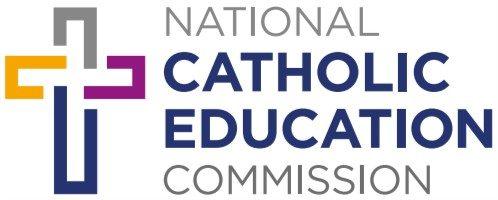National Catholic education executive director Jacinta Collins says it’s time for fringe commentators and the Australian Education Union (AEU) to stop the distorted reporting on school funding, and for all sectors to realise the full Gonski commitment to Australian education.
“Since 2011, we’ve had Gonski, Gonski 2.0, Gonski 2+ (repairing an excessive impost on non-government school families) and numerous reviews and inquiries on education,” Ms Collins said.
“Gonski provided a comprehensive plan to address recurrent funding for all schools through the Schooling Resource Standard (SRS), as well as recommendations for capital funding to equip schools with infrastructure to accommodate 21st century learning and teaching. It also made recommendations to boost philanthropic support for schools, and a critical, but long-neglected, plan to address school improvement and student learning performance.
“Under the cover of reasonable calls to bring public schools up to 100% of the SRS, fringe commentators, like Save our Schools and Pasi Sahlberg, along with the AEU, are arguing for the end of school choice in this country.
“This is despite a 200 year-long Australian tradition, increasing demand from families, decades of commitment by both major political parties, and a strong track record of delivering social infrastructure including the most bang for buck in the delivery of taxpayer dollars during the Global Financial Crisis.
“Most importantly, we have worked alongside public school communities in educating many millions of children and young people over the past two centuries, and have impressive graduate outcomes for employment, further study, vocational education and wellbeing.
“Noone is arguing against public schools getting to 100% of the SRS (recurrent funding). It was only in 2023 that Catholic schools achieved 100% (which is discounted by families’ capacity to contribute, which in some cases is as much as 80 per cent of the full SRS).
“Now we are seeing gross distortions on the reporting of capital funding across sectors. For example, if we look to independent sources of data (ACARA), capital expenditure in NSW and Victoria on government schools totalled $2.784bn in 2021, not the $0.175bn referenced in today’s AEU media release.
“Cherry-picked examples of a handful of independent schools in high SES areas paints the picture of a great divide between public and ‘private’ schools, but they are highly distorted and misrepresent the diversity of the sector.
“In Catholic education, only 11% of capital works and maintenance is funded by governments (both state and federal). The remaining 89% is funded through contributions from families in our 1,756 Catholic schools across Australia.
“Over 41% of Catholic students are funded for socio-educational disadvantage, and 40% of our schools are located in rural, regional and remote areas.”
“Are the so-called ‘funding wars’ really about funding or are they fuelled by an ideological fervour to rid Australian families of choice, pluralism and freedom?
“Gonski was about fair funding and educational excellence for all students, not at the expense of one sector over another.”
Catholic education is the largest provider of education in Australia outside of government, enrolling one in five, or 805,000 students, and employing over 109,000 staff.
